Partners

Ibrahim Can Cayirpare
Turkey

Macarena Gatica
Chile

Héctor Guzmán-Rodríguez
Mexico

Lia P. Hernández Pérez
Panama

Rob Corbet
Ireland

Katie Hewson
United Kingdom
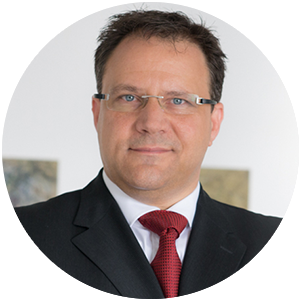
Jens Eckhardt
Germany

Juri Knaub
Germany

Laura Fannin
Ireland

Ricardo Henriques
Portugal

Hanneke Slager
Netherlands

Bob Cordemeyer
Netherlands

Claas Thöle
Denmark

Begüm Yavuzdoğan Okumuş
Turkey

Adelina Iftime-Blagean
Romania

Hans Graux
Belgium

Chiara Agostini
Italy

Gianluca Morretta
Italy

Gege Gatt
Malta

Antonio Ghio
Malta

Franklin Cachia
Malta

Miroslav Chlipala
Slovakia

Odia Kagan
United States of America
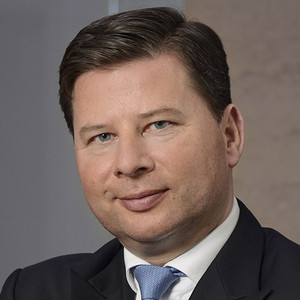
Xawery Konarski
Poland

Belen Arribas
Spain

Michel Molitor
Luxembourg

Virginie Liebermann
Luxembourg

Thomas Giaccardi
Monaco

Anne Robert
Monaco

Satoshi Shono
Japan

George Dimitrov
Bulgaria

Desislava Krusteva
Bulgaria

Uche Val Obi San
Nigeria

Fredrik Roos
Sweden

Emily Svedberg-Possfelt
Sweden

Jasmina Brezovska
North Macedonia

Francisco Perez Bes
Spain

Esmeralda Saracibar
Spain

Fábio Lacaz
Brazil

Wendy Wagner
Canada
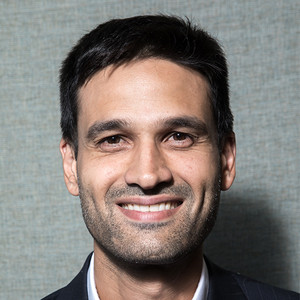
Diego Fernandez
Argentina

Peter Hense
Germany

Marie-Hélène Tonnellier
France

Charlotte Barraco-David
France

Fabian Solis
Costa Rica

Yiannis Karamanolis
Cyprus

Andrés Terán
Ecuador

Burak Özdağıstanli
Turkey

Arpad Gered
Austria

Jan Bárta
Czech Republic

Betül Çolak
Turkey

Ceren Cakir
Turkey

Alexia Kountouri
Cyprus

Leo Moore
Ireland

Vikram Jeet Singh
India

Prashant Mara
India

Boris Kozlevcar
Slovenia

Bora Yazıcıoğlu
Turkey

Dalit Ben-Israel
Israel

Eyal Roy Sage
Israel

Lukas Bühlmann
Switzerland

Michael Reinle
Switzerland

José Alejandro Bermúdez
Colombia

David Tang
China

Justine A. Collins
Jamaica

Oscar Montezuma Panez
Peru

José Antonio Arochi
Mexico

Verónica Siten
Mexico

Montserrat Landaverde
Mexico

Evane Alexandre
France

Arianna Sáenz
Ecuador

Rachel Hayes
Ireland

Emmely Schaaphok
Netherlands

Jason Kravitz
United States

Daniel Stranius
Finnland

Otto Lindholm
Finnland

Alessandri Abogados
Chile
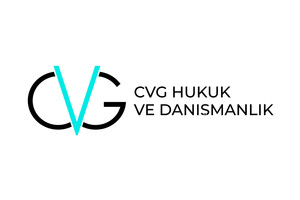
CVG Law and Consulting
Turkey
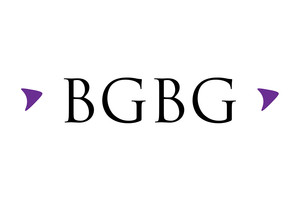
BGBG
Mexico
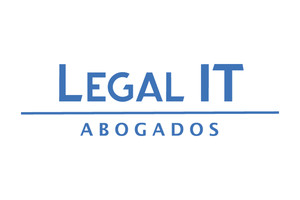
Legal IT Abogad@s
Panama
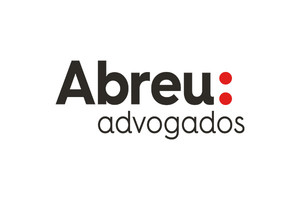
Abreu Advogados
Portugal
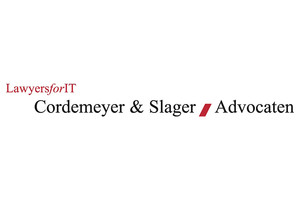
CS Law
Netherlands
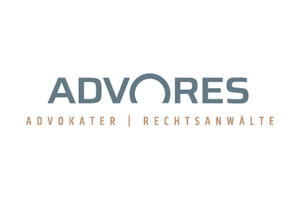
advores Advokater & Rechtsanwälte
Denmark
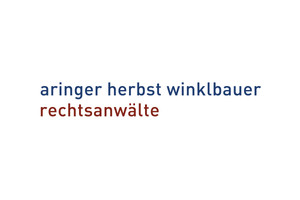
AHW Law
Austria
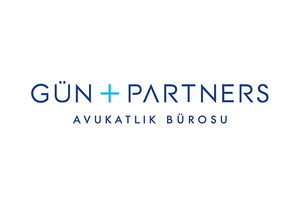
Gün + Partners
Turkey

WolfTheiss
Romania

RP Legal & Tax
Italy
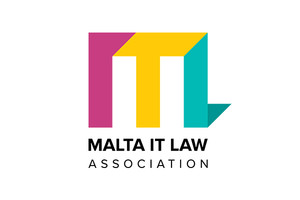
MITLA
Malta
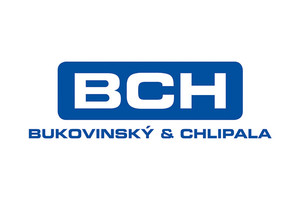
Bukovinski Chlipala
Slovakia

Fox Rothschild
United States
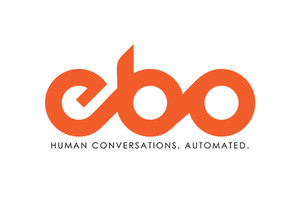
ebo
Malta
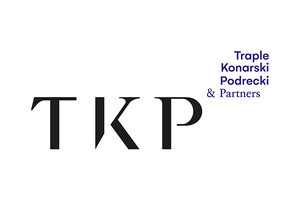
Traple Konarski Podrecki & Partners
Poland
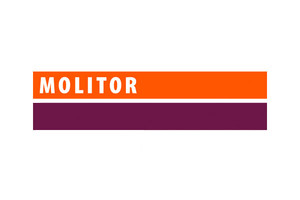
Molitor
Luxembourg

99 AVOCATS
Monaco
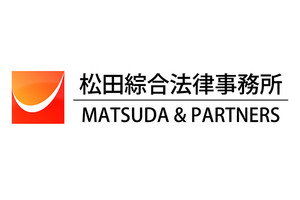
Matsuda & Partners
Japan
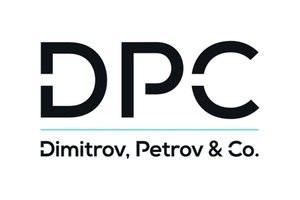
Dimitrov, Petrov & Co.
Bulgaria

Alliance Law Firm
Nigeria

Bona Fide
North Macedonia
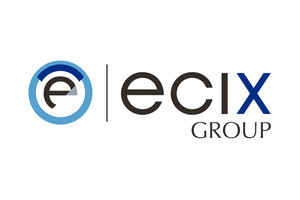
ECIX
Spain
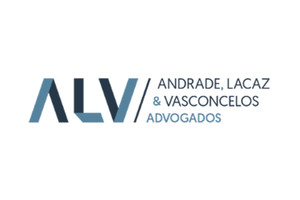
ALV
Brazil

Gowling WLG
Canada
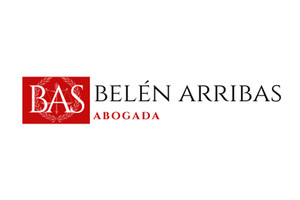
BELEN ARRIBAS SANCHEZ
Spain

Marval O’Farrell Mairal
Argentina

Spirit Legal
Germany

Gerrish Legal
France
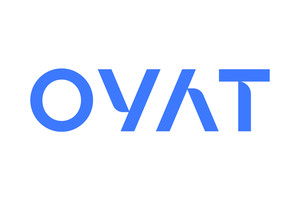
OYAT
France

William Fry
Ireland

Stephenson Harwood LLP
United Kingdom

Arthur Cox LLP
Ireland

Aguilar Castillo Love
Costa Rica
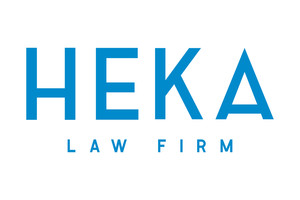
HEKA LAW FIRM
Ecuador
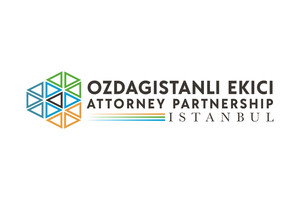
Özdağıstanli Ekici Attorney Partnership
Turkey

Hayes solicitors
Ireland
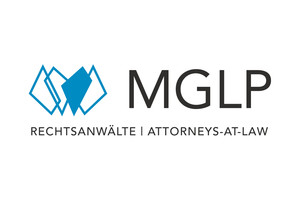
MGLP
Austria
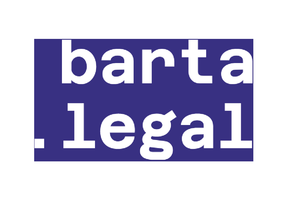
Barta.Legal
Czech Republic
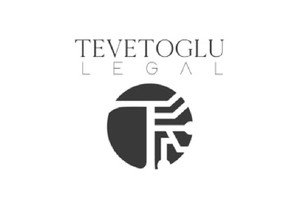
Tevetoglu Legal
Turkey

KARAMANOLIS & KARAMANOLIS LLC
Cyprus
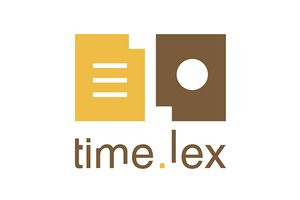
Time.lex
Belgium

tassos papadopoulos & associates
Cyprus

BTG Advaya
India

JK Group
Slovenia
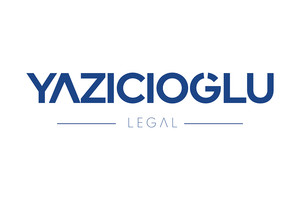
YAZICIOGLU Legal
Turkey
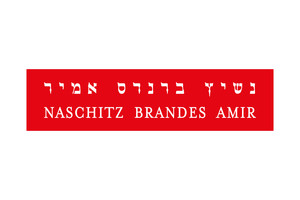
Naschitz, Brandes, Amir & Co., Advocates
israel

AYR Lawyers
Israel
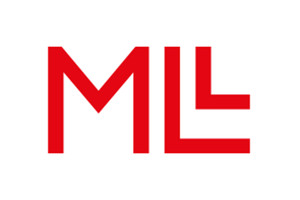
MLL Legal Ltd
Switzerland

Bermúdez & Esguerra Abogados
Colombia

Han Kun
China

Hart Muirhead Fatta
Jamaica
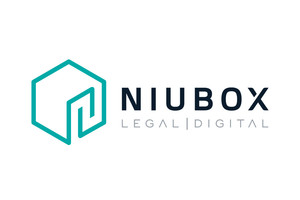
Niubox
Peru

Arochi & Lindner, S.C.
Mexico
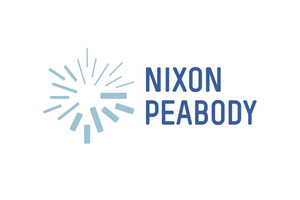
Nixon Peabody
United States
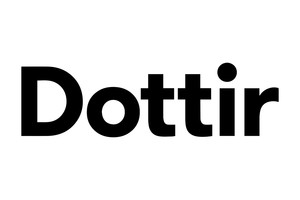
Dottir Attorneys Ltd
Finnland

Urbano Vitalino Advogados
Brazil
Who we are
SOURCING INTERNATIONAL is not an exclusively Austrian undertaking. It is a joint venture formed by the fusion of Höllwarth Consulting and 42virtual. The two companies have existed for many years and have frequently cooperated successfully on large projects.
Furthermore, since our establishment we have maintained close ties with partners in Germany, Switzerland, Croatia, Serbia, Slovakia and Hong Kong. Further cooperation partners in other countries will follow soon, since SOURCING INTERNATIONAL is an international consulting enterprise, not a national one.
This is because the previous cooperation among the partners of SOURCING INTERNATIONAL has led them to understand that the combination of their respective strengths, their many years of experience with large consulting mandates, and the country-specific peculiarities allows them to forge an exceptionally strong partnership.
The consolidation of these factors into a close and professional cooperation allows SOURCING INTERNATIONAL to provide excellent efficiency and offer a broad spectrum of services.
What we do
Digital transformation is currently occurring in all sectors and all enterprises – more strongly in some, and somewhat less in others as of yet. At any rate, the challenges are becoming greater and more varied.
The one thing that digital transformation absolutely requires are the new machines of our time, the machines of the industrial revolution we are currently experiencing and without which the digital revolution would not exist: social media, mobility, Big Data analytics, the cloud, and the Internet of Things.
Operating these machines requires modern applications, more computing power, more storage, and faster networks.
These resources can be provided on-premise in classic outsourcing models via cloud services, but will more likely be handled through a multifaceted and complex combination of hybrid IT sourcing.
And this sourcing also needs to be more adaptable than it used to be. IT sourcing must be able to react to new circumstances and challenges quickly.
But companies must nevertheless maintain efficient and transparent control of the entire structure and process. Their IT governance must be tailored to the new and adaptable multi-sourcing environments, otherwise control over core resources of the enterprise can easily be lost.
We at SOURCING INTERNATIONAL are convinced that digital transformation and the associated fast-paced changes can be negotiated effectively by applying a cyclic model consisting of elements that can be executed consistently, repeatedly and quickly as required.
Hence the SOURCING INTERNATIONAL approach builds on a life cycle model. We have successfully employed this sourcing life cycle concept in many projects, continually refining it along the way.
Furthermore, SOURCING INTERNATIONAL relies on an extensive toolbox of methods that we apply in each module of the cycle and adapt individually to the circumstances and requirements of the client.
Why us?
The SOURCING INTERNATIONAL methodology is an innovative model of values and procedures that has been developed and proven in practice over many years. We have established a comprehensive set of suitable tools, and we provide these tools to our clients in a way that allows them to successfully master their own digital transformation as required for their individual corporate circumstances.
We observe a multitude of international standards, using them to refine our own methods and tools. One of the most important characteristics of our activity, however, is that we act independently, thus allowing us to assume a “provider-neutral” position for the benefit of our clients.
With each of our projects, our goal is to make our clients capable of developing a suitable and adaptable strategy for their digital transformation and sourcing, and to support them in that development. We want to enable our clients to generate their own internal know-how in order to successfully deal with the design, transformation and operation of hybrid multi-sourcing environments. We aim to enable and support – not to implement in isolation and provide obscure results.

Strategy
Successful sourcing strategies identify digital potentials and their business benefits.

Design
Successful sourcing is agile and increases efficiency in the transformation phase.

Transformation
Successful sourcing transformations are well-planned, project-oriented and holistically designed.

Operation
Successful operation requires modern multi-provider governance as well as internal know-how.
























